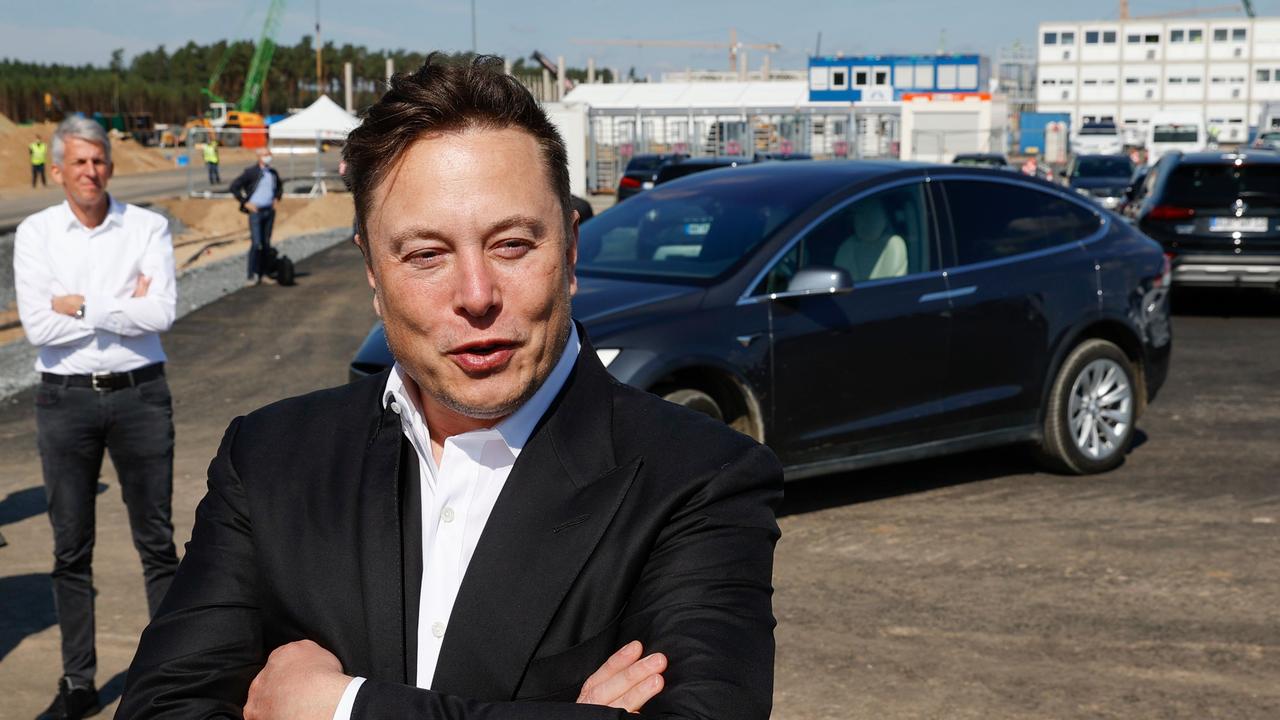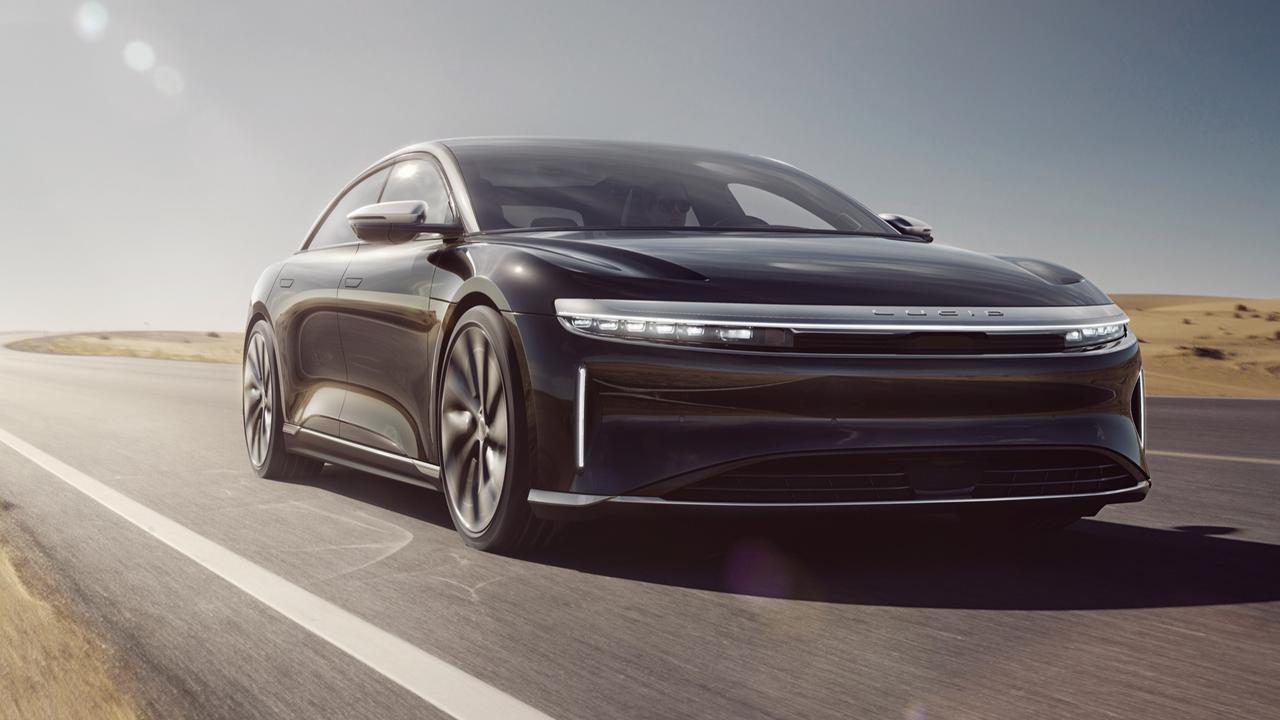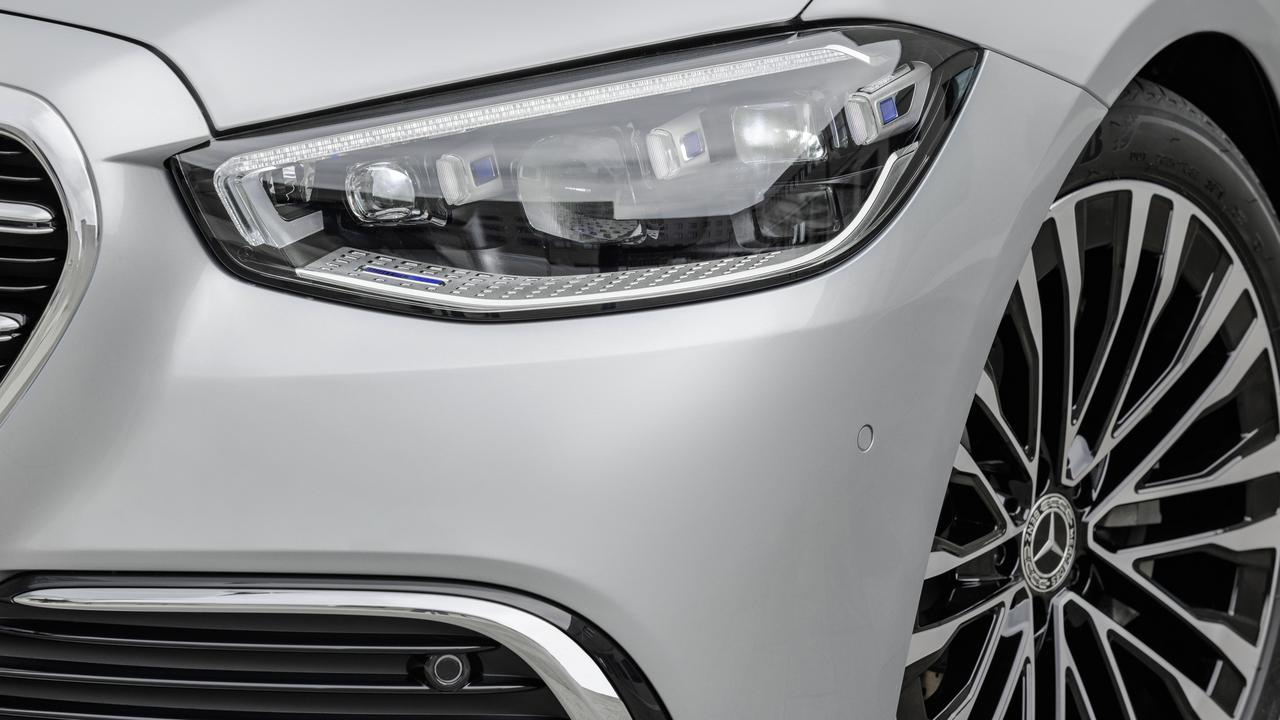Mazda SkyActiv-X proves petrol engines aren’t going anywhere
The Japanese brand has left behind in developing fuel-efficient hybrid and electric cars. But Mazda has just shown off all-new tech that will be a game-changer.

Revolutions are normally attention-getting events — but not Mazda’s.
The Japanese brand has a new engine on the way that’s a true technical breakthrough, blending petrol and diesel technologies to deliver a great leap forward in efficiency. Yet to drive it is … totally normal.
This stealthy revolutionary is Mazda’s 2.0-litre Skyactiv-X. It goes on sale in Europe later this year and will reach Australia early in 2020.

The engine will appear first in top-end versions of the recently launched new Mazda 3 and might also go into some versions of the CX-30 SUV scheduled for early next year.
With the Skyactiv-X, Mazda has mastered a process that defeated other makers. Mercedes-Benz, General Motors and Honda experimented with engines that use diesel-style compression ignition to burn smaller-than-usual amounts petrol mixed with higher-than-usual amounts of air, each failing to develop an engine suitable for mass production.
Mazda’s big idea was SPCCI, for SPark Controlled Compression Ignition, which involves creating and then igniting a tiny ball of richly mixed petrol and air.
The ensuing rapid rise in pressure inside the engine cylinder then sets off combustion of the weaker, normally incombustible, mixture of petrol and air filling the remainder of the cylinder. It’s not easy to create stable combustion, essential for smooth running and clean emissions, this way.
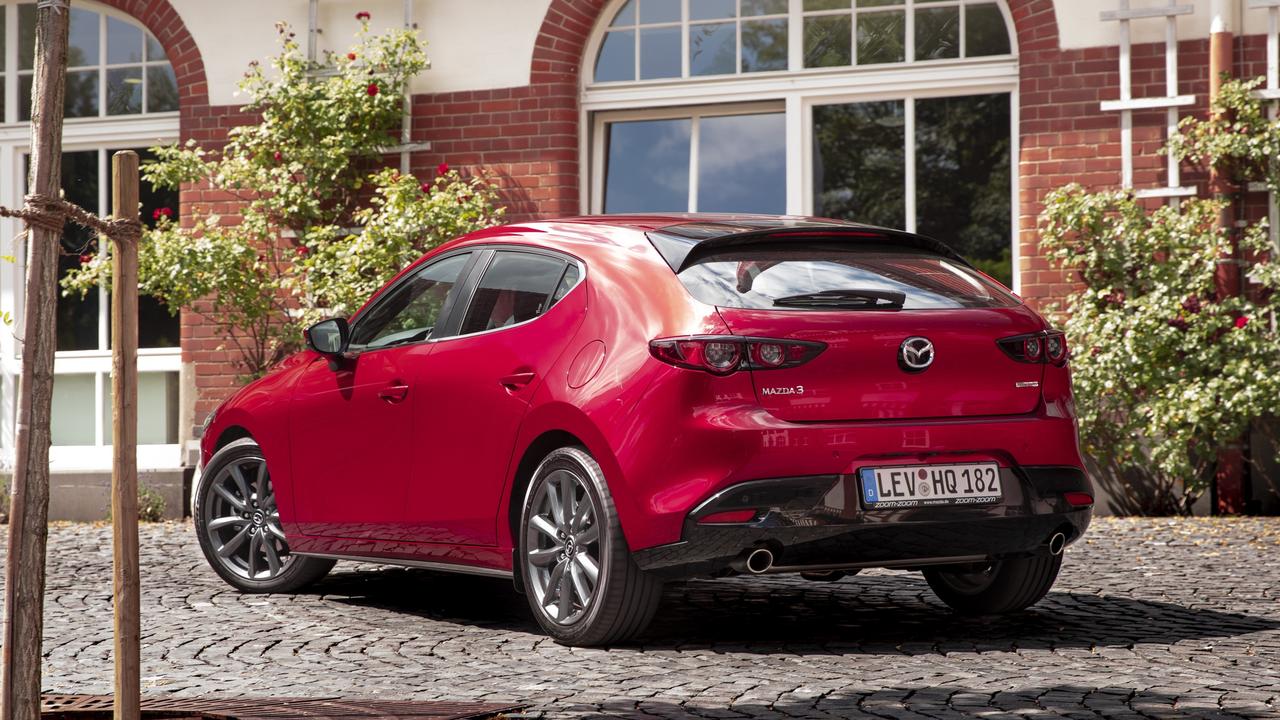
“Because it is so difficult, it was conceived as a dream engine,” says Mazda propulsion boss Eiji Nakai. “Of course it was a massive challenge.”
The payoff is efficiency gains of about 17 per cent over the company’s already frugal 2.0-litre Skyactiv-G petrol engine, according to Mazda.
The comparative measurements were made using Mazda3s on a test route in Germany. Chosen to highlight the engine’s ability in various scenarios, the loop near Frankfurt included city streets, country road and a burst of autobahn.
From behind the wheel, nothing seems unusual or different.
The Skyactiv-X doesn’t have the same low-rev shove as a turbo diesel and doesn’t make unpleasant diesel-like noises.

Instead it revs happily to 6000rpm, feeling and sounding much like a good non-turbo petrol engine. The Skyactiv-X seems smoother and easier on the ear than the Skyactiv-G petrol engine.
Mazda equips all Skyactiv-X engines with a 24V belt-driven motor-generator to earn it mild-hybrid status. As well as adding a small power boost and subtracting a little from fuel consumption, what’s called the M Hybrid also smooths gearshifts.
The new Mazda 3 is a smoother, quieter car than its predecessors. It’s among the most polished products in the small car segment and the Skyactiv-X engine is sure to add to its already strong appeal.
Mazda Australia managing director Vinesh Bhindi says: “From our point of view this technology offers consumers the comfort of using existing tech, getting efficiency, without the worries associated with hybrids and EVs.”
The Skyactiv-X engine will probably go into better equipped versions of the Mazda 3, he says. “It’s likely to be more top-end than entry.”
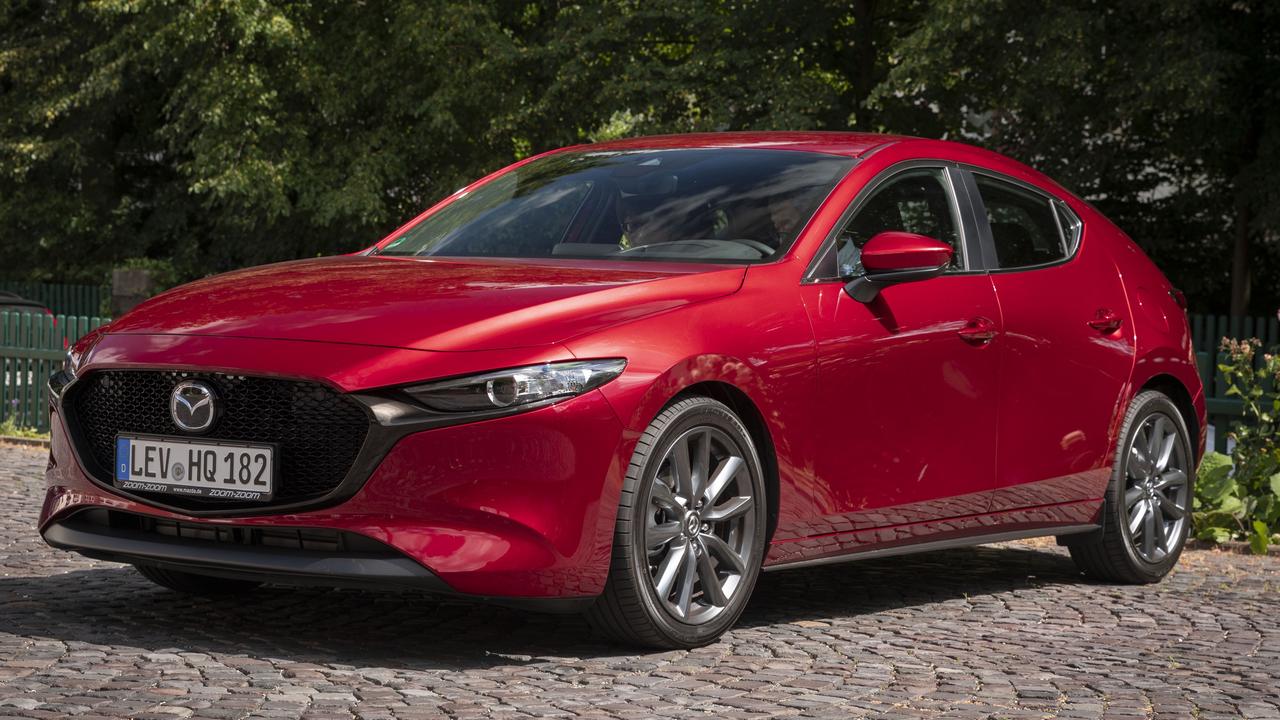
It’s not certain that Mazda will include Skyactiv-X in the CX-30 coming to Australia. Bhindi says the local outfit has yet to decide on the line-up.
The least costly CX-30 grades will use the same 2.0 Skyactiv-G petrol engine as the Mazda3 family and higher grades will come with the 2.5 Skyactiv-G, again like the 3.
Over time, however, Skyactiv-X technology is certain to spread throughout the Mazda range.
The Japanese company’s leaders are independent thinkers. Their forecasts show electric vehicles accounting for about 10 per cent of global car sales by 2030.
Many of the remainder will be hybrids, some will have conventional non-hybrid petrol and diesel engines — but all of them will need internal combustion engines.
Mazda isn’t hastening to produce EVs in large numbers. For its 2030 line-up, it anticipates 95 per cent will have an internal combustion engine.

This is the clear thinking behind Mazda’s decision to devote so much effort to developing Skyactiv-X. It’s the key to the company’s policy of halving the 2010 CO2 emissions of its cars by 2030.
“I think this is the essence of dry engineers being depended on,” says Hiroyuki Matsumoto. The head of Mazda’s vehicle development division is a dry engineer himself.
“Our ultimate goal is not to do something different because it is different, but as a way to meet the target … the reason why we pursued the ideal of combustion instead of electrification. We did that because it is the right thing to do …”
Mazda3 SkyActiv-X vitals
Price: From $35,000 (est)
Safety: 5 stars
Engine: 2.0-litre 4-cyl, 24V mild hybrid, 132kW/224Nm
Transmission: 6-speed auto; FWD
Thirst: 6.3L/100km (est)

